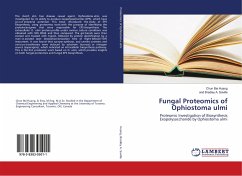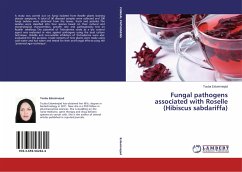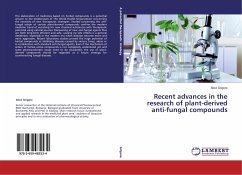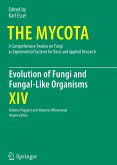The dutch elm tree disease casual agent, Ophiostoma ulmi, was investigated for its ability to produce exopolyssacharides (EPS), which have great industrial potential. This book introduced the study of EPS biosynthesis, using proteomics tools with the purpose of identifying the proteins/enzymes that were responsible for EPS biosynthesis. The extracellular O. ulmi protein profile under various culture conditions was obtained with SDS PAGE and then compared. The gel bands were then excised and treated with trypsin, followed by protein identification by a matrix assisted laser desorption/ionization time of flight (MALDI-TOF) instrument. It was found that sucrose synthase, acyl carriers proteins and various transferases were induced by substrate (sucrose), or nitrogen source (asparagine), which indicated an intracellular biosynthesis pathway. This is the first proteomic work based on O. ulmi, which provides insights on both fungal proteomics and fungal EPS biosynthesis.








